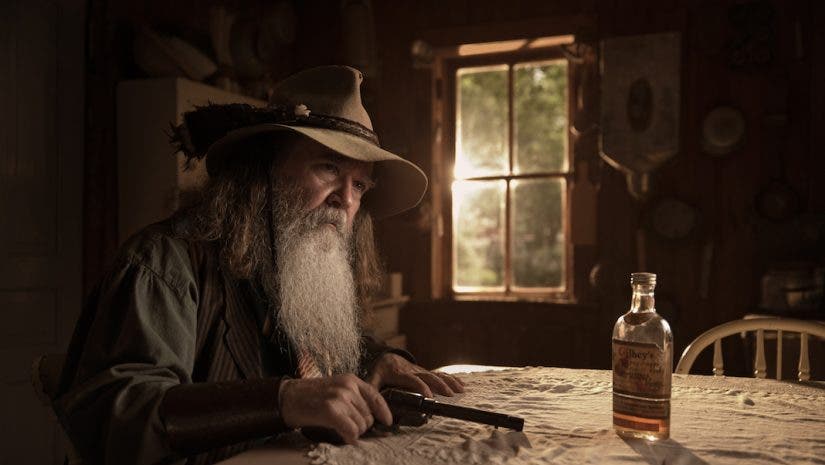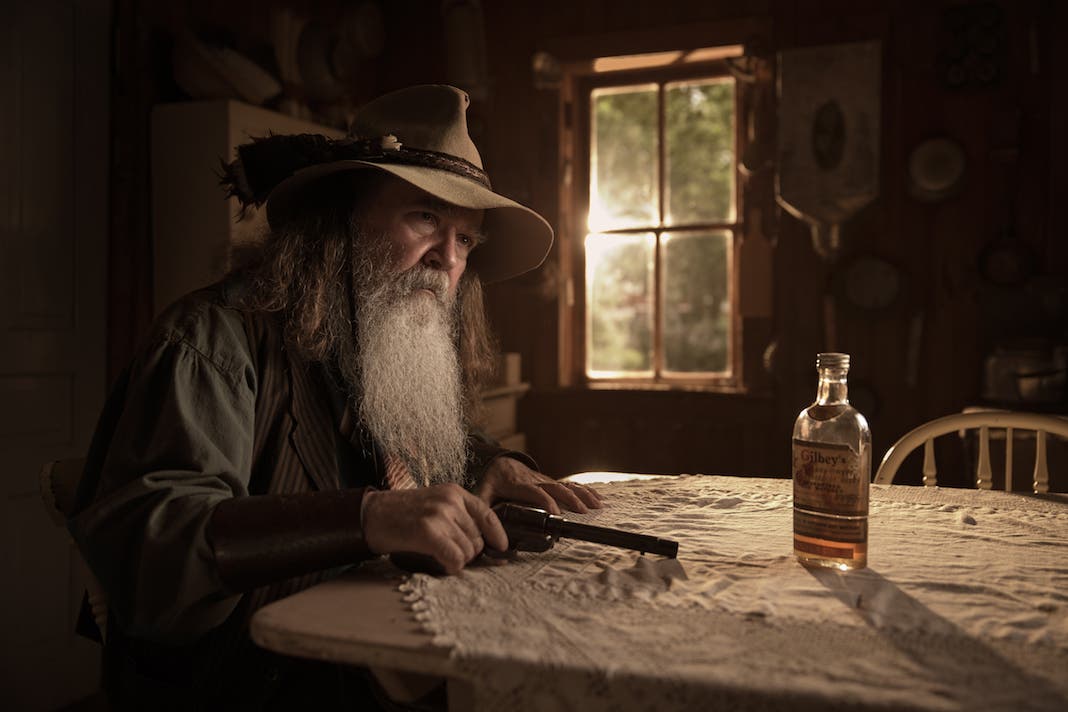You can’t tear your eyes away, and yet your camera stays by your side. A passing person’s weather-beaten visage, or perhaps a permanently furrowed brow that hints at a lifetime of challenge has caught your attention, but you’re too chicken to ask them for a photo.
Wayne Simpson is not chicken. The self-taught photographer, who admits to Adorama that he learned photography simply “by trial and error,” closes the gap by introducing himself and his work to strangers who catch his eye, even while grabbing coffee in a Tim Horton’s, in a bid to capture portraits of those enigmatic characters others simply shuffle by with a sideways glance.
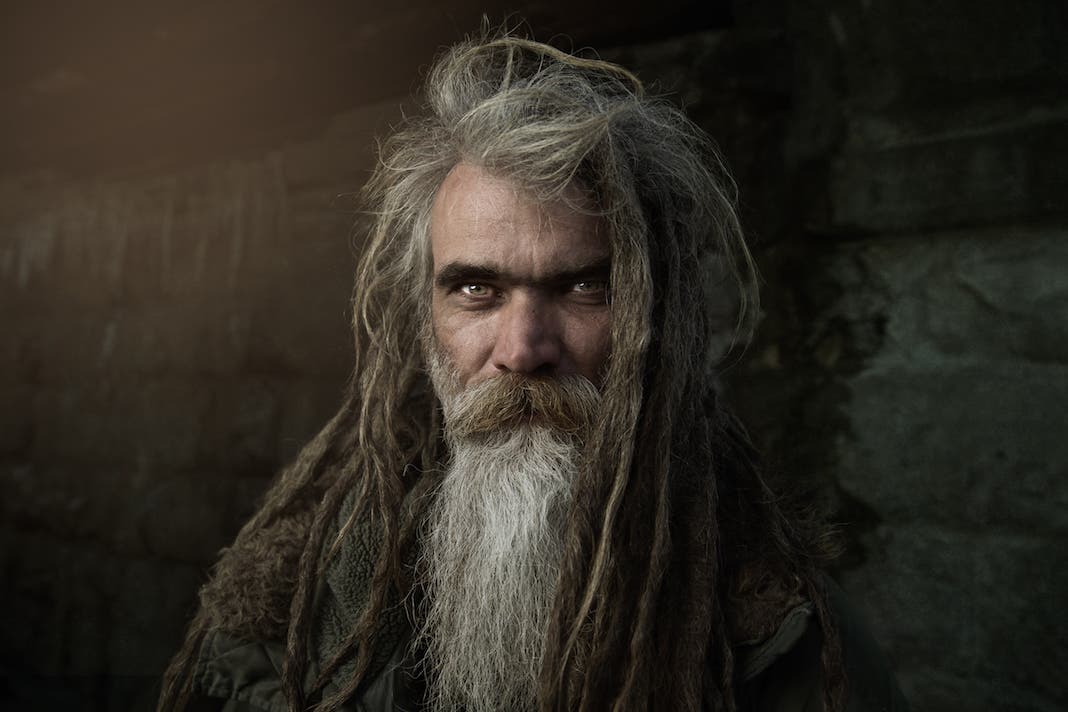
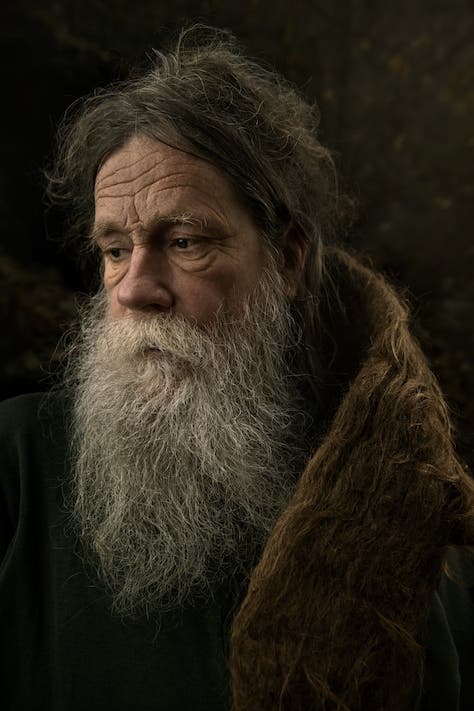
Simpson grew up between Lindsay, Ontario and Aamjiwnaang First Nation, Sarnia, Ontario. He now calls the Ontario town of Elora home, though his photography work sees him traveling around Canada, from the coastlines of Prince Edward Island to the wilds of Banff National Park.
Adorama spoke with Simpson to tap his insight on making meaningful portraits as well as how he builds a rapport with the subjects he approaches on the street to create his images.
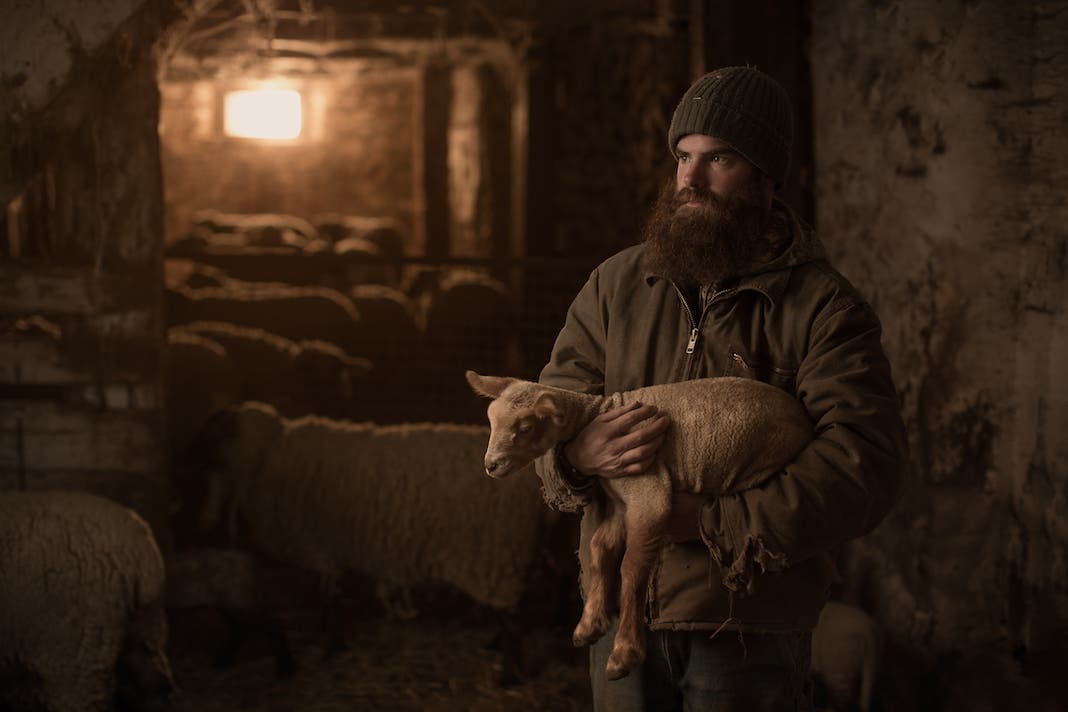
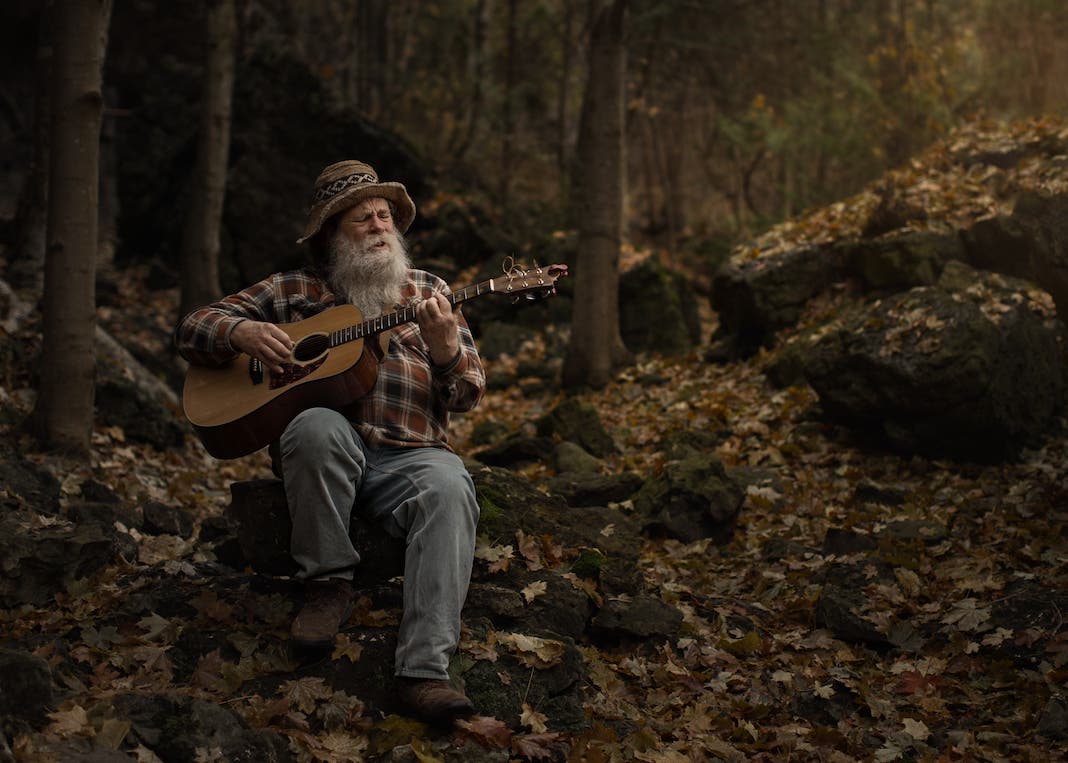
Adorama: First things first. What is your gear setup and your usual editing workflow?
Simpson: For portrait work I mostly use my Canon 1DX with a Canon 24-70mm f/2.8 II, and Canon 50mm f/1.2. With all of my portraits I use Strobe Pro lighting and a mix of Elinchrom and Strobe Pro light modifiers. For landscapes, my most used gear is my Canon 5DIII with my Canon 17-40mm f/4, Canon 24-70mm f/2.8 II, and Canon 70-200mm f/2.8 II. My usual editing workflow is to import to Adobe Lightroom for all basic edits, then move into Adobe Photoshop for more advanced editing and stylization, in terms of color. I find each image to be somewhat unique with its own challenges or style choices and don’t use any presets.
Adorama: How do you make a living right now, and how big a role does your photography play?
Simpson: I make my living through a variety of streams right now: portrait and landscape workshops, commercial photography, portrait photography, event photography, magazines (written work as well as photographs) and speaking engagements. The photography shown here is my biggest passion, and it feeds interest in my portrait photography workshops.
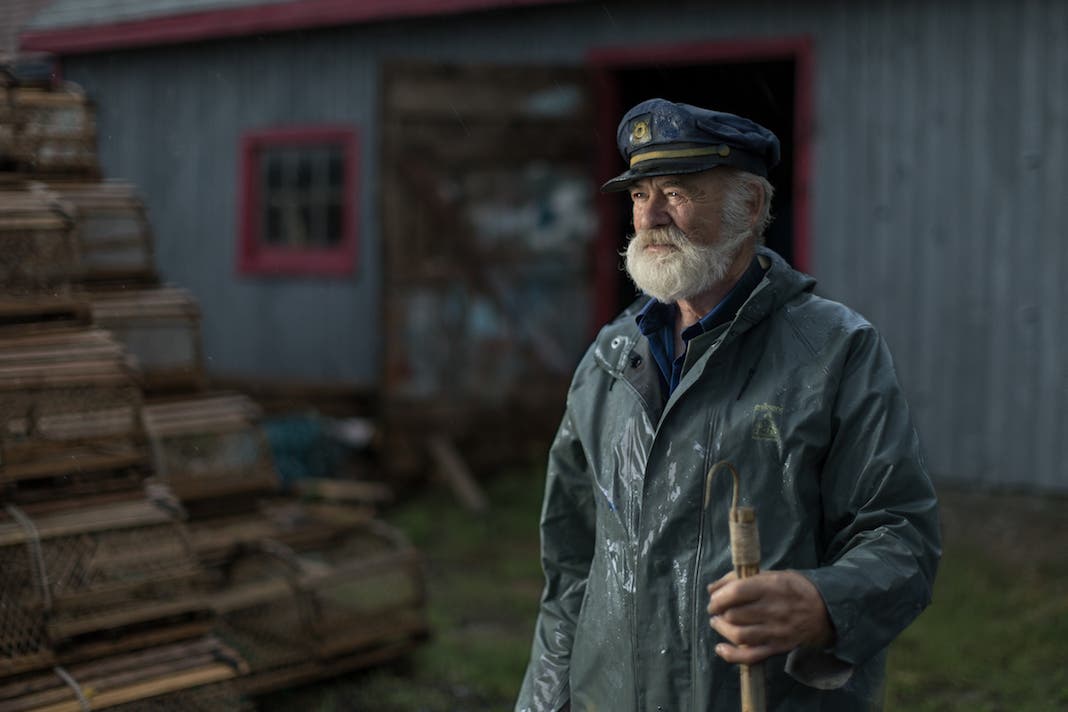
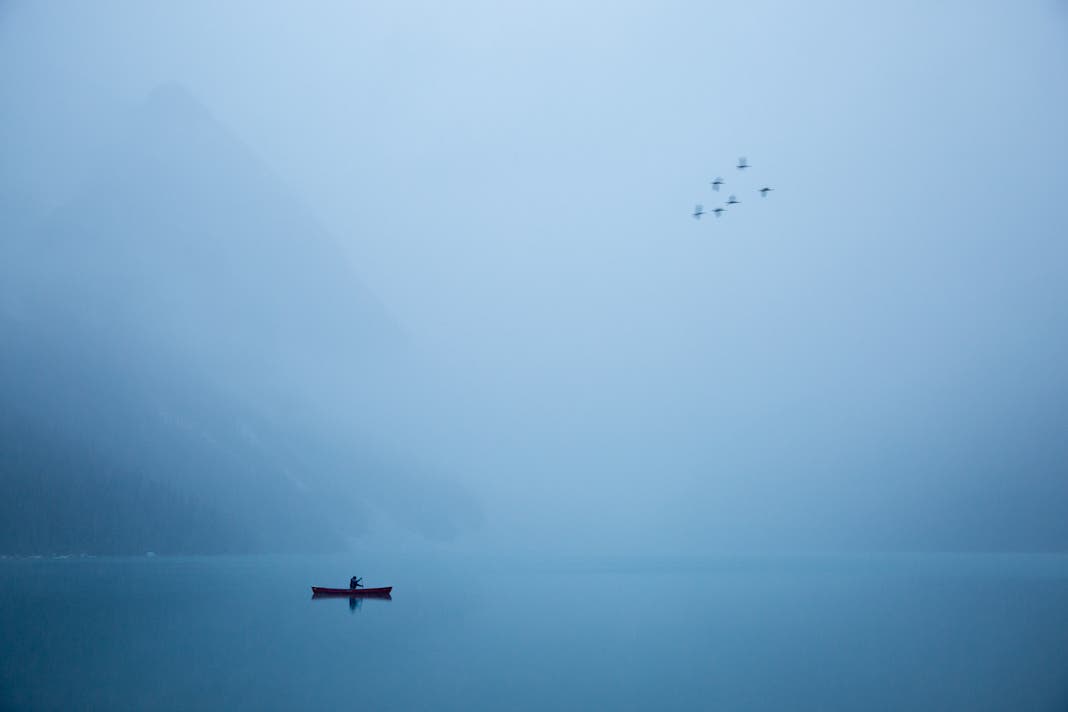
Adorama: Was there a moment you remember first falling in love with photography?
Simpson: I don’t remember the exact moment I fell in love with photography, to be honest. What I do vividly remember is the moment I found “my style” of portrait photography. It was my first time doing a personal shoot after working as a photographer for about three years. I photographed a man that simply inspired me and was not a paying customer; it was incredibly freeing! The resulting images from that shoot shaped my portrait photography style.
Adorama: What would you consider to be elements of that signature style?
Simpson: I would consider the soft light and deep shadows as well as a somewhat de-saturated look to be the building blocks of my personal style.
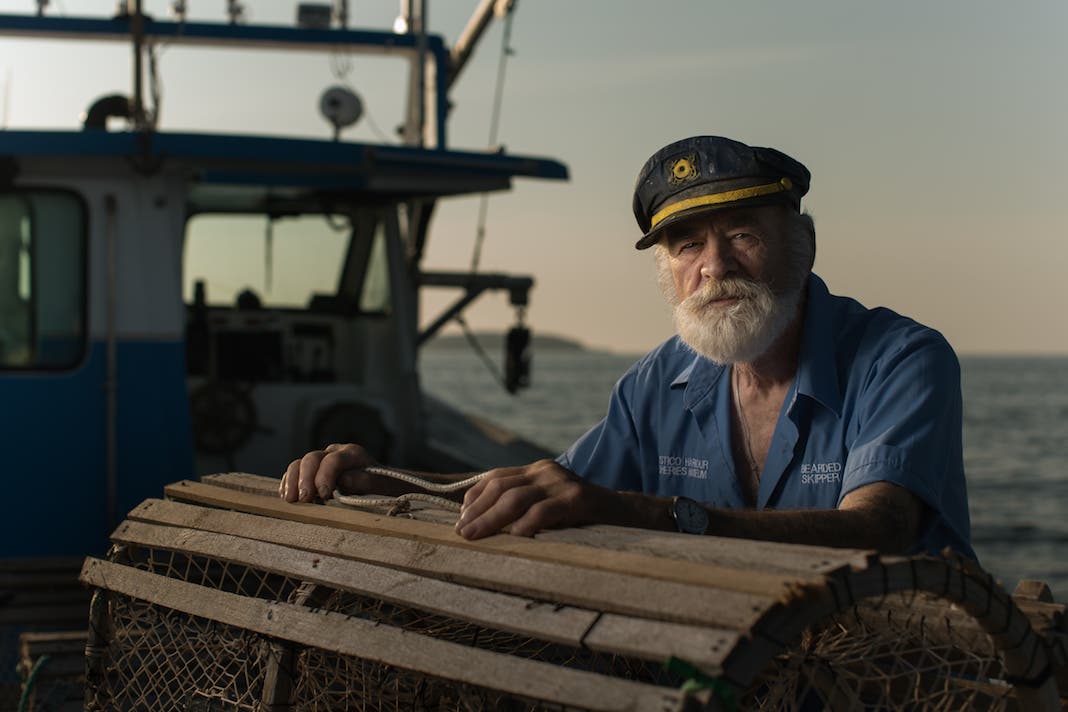
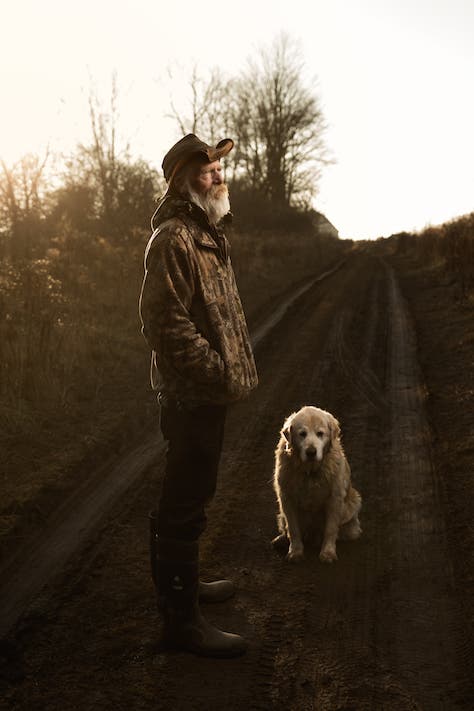
Adorama: What draws you to a person to an extent that you want to photograph them?
Simpson: Most often, I wait to see a person who stands out to me for whatever reason before approaching them. Usually these people have something about them that hints at a deeper story than one might originally think. I can usually see it in their eyes, or in some cases it’s apparent in their living conditions or how they keep themselves. In some cases, I’ll know a person’s story first and be inspired to photograph them based on the story, then do my best to bring out some of that story in the image.
Adorama: What are your techniques for building a rapport with your photo subjects, and do you share with them the photos you take of them?
Simpson: Most of the people I photograph for my personal work I approach out of the blue when I see them in everyday life. I approach them by simply being myself and not being “the professional photographer.” I tell them that I think they have a unique look and a lot of character. I show them some of my past work and don’t put any pressure on them at all. I arrange the shoot at their convenience and offer them prints of their favorite images. I’ve always got a great reaction when my subjects see their images — they are usually very proud!
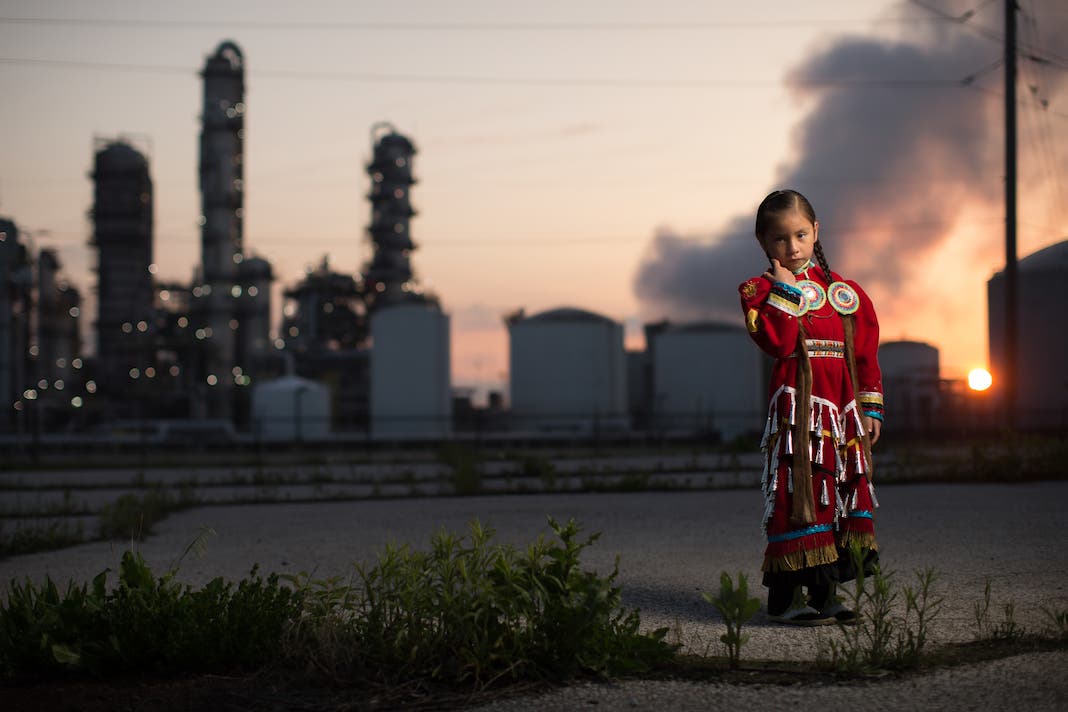
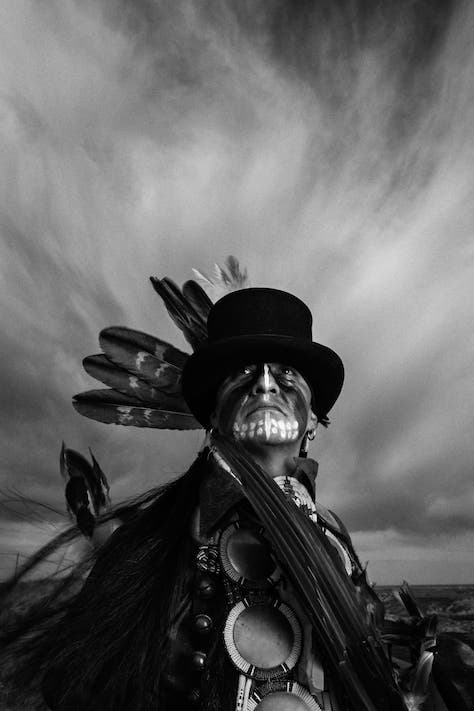
Adorama: What are some simple tips you have for capturing portraits that seemingly tell the story of a person without saying a word?
Simpson: I’ve found that the correct angle of light and balance of ambient and introduced light is absolutely essential in capturing the mood and, in turn, in bringing out the emotion of my subject. In most cases, I photograph my subjects as they are, meaning I don’t ask them to laugh or look sad. I look for authenticity. When they look into camera I ask for an intense stare. I feel like that has much more impact than a “gaze” into camera.
Adorama: Your subjects are all sorts of people, including members of your own family. How have they responded to your work?
Simpson: Thus far, the response to my work has been great, humbling in fact. I think when you approach portraits with nothing but the purest of good intentions people see that and appreciate it for what it is. The family members that I’ve included are not big on talking about themselves and are very private people, but they have been very supportive and trusting.
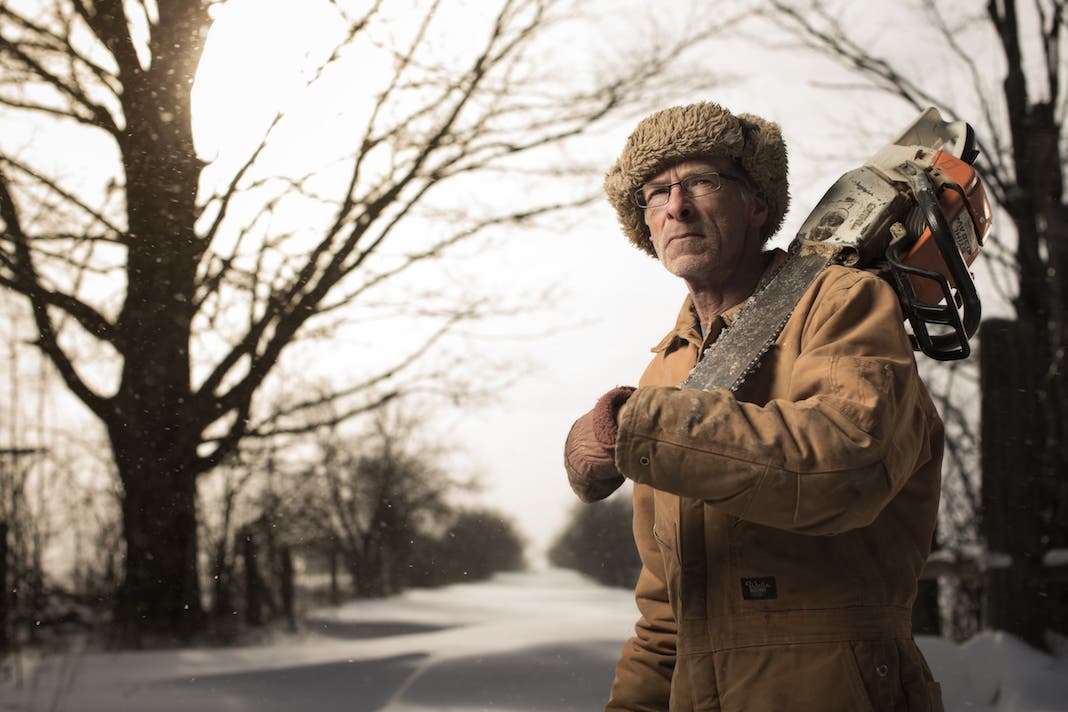
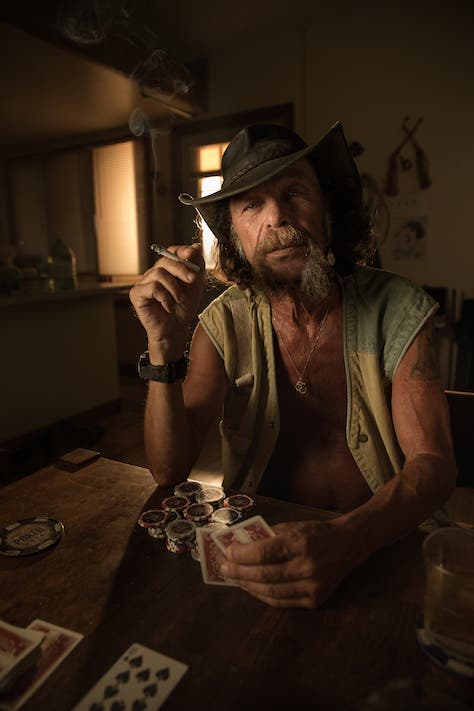
Adorama: What’s your single favorite photo you’ve captured, and can you share the story behind it?
Simpson: My single favorite portrait I’ve done is of a man named Glen Hallman, who was 88 years old at the time. I met Glen in October of 2015 at a Tim Horton’s in Banff, Alberta. After photographing Glen and giving him a ride to a homeless shelter in Calgary, we kept in touch until his passing in May of 2017. I received hand-written letters and random phone calls from Glen the entire time! Between my portrait and sales of Glen’s artwork I was able to help Glen by raising money to keep him fed and out of the cold. People really stepped up in an amazing way to help him!
As the portrait made its way around social media, people would report sightings of him in various places around Canada as he roamed. I would get reports of people helping Glen by giving him a warm meal, money, rides, and by simply talking with him and saying they recognized him. I’m confident in saying that the existence of this portrait brought Glen a lot of joy and helped him to live his last years a little more comfortably.
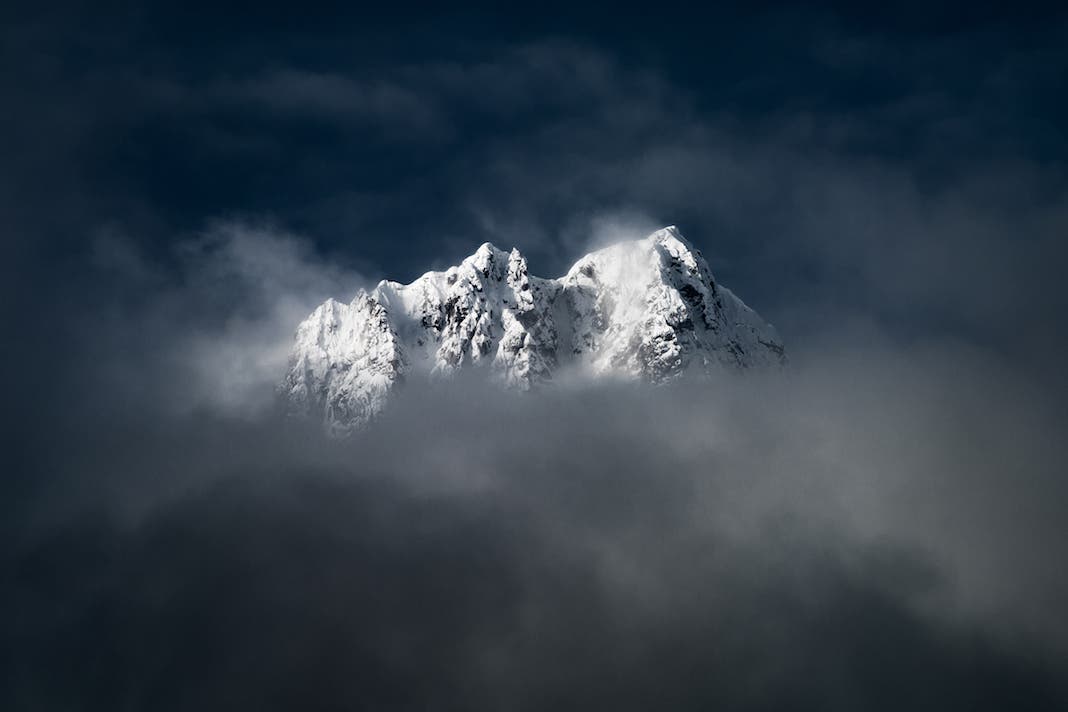
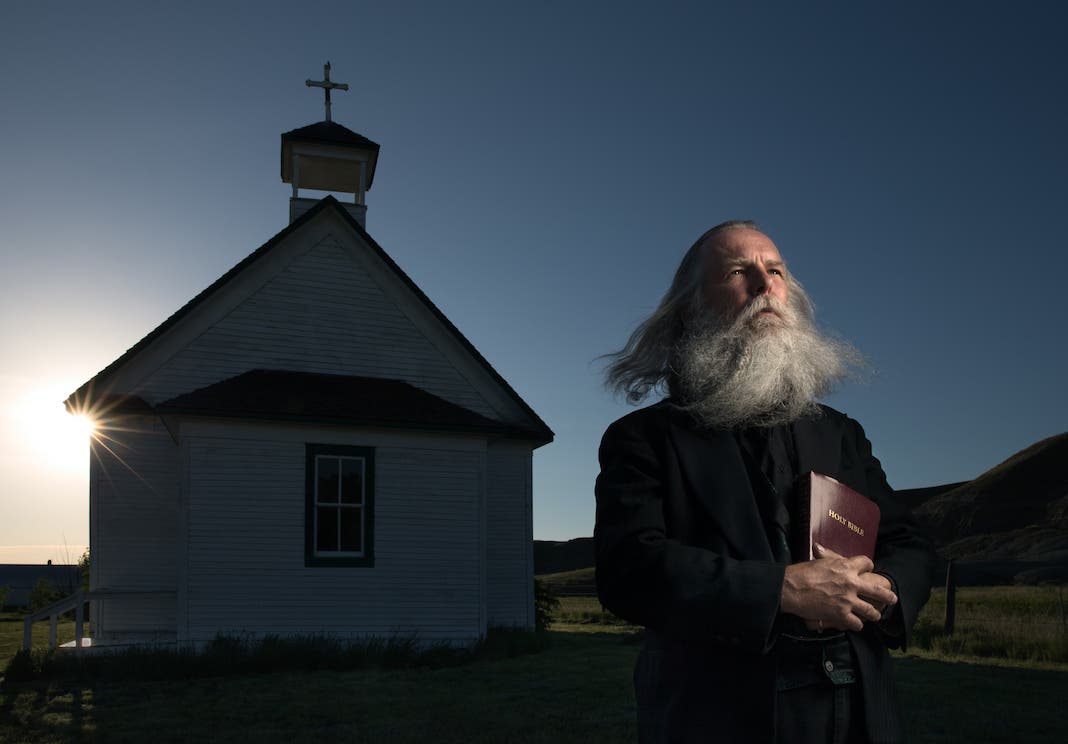
Adorama: You’ve traveled to the picturesque Peggy’s Cove, in Nova Scotia, as well as other postcard-perfect spots around Canada. Where’s next, and where do you wish were next?
Simpson: For my portrait work, I’ve learned that the geographic location isn’t really that important. Some of my favorite portraits have been done inside a person’s home; it’s more about the person and the environment they live or work in. On the landscape side, I’m excited to shoot in Scotland in the fall and hopefully Newfoundland in the summer. Looking and dreaming forward, I’d love to do landscapes in Iceland and Greenland, and do a Canada-wide tour to photograph real people in rural areas, especially the older generation of blue-collar workers.
Check out Wayne’s full Through the Lens: Canada episode below:
